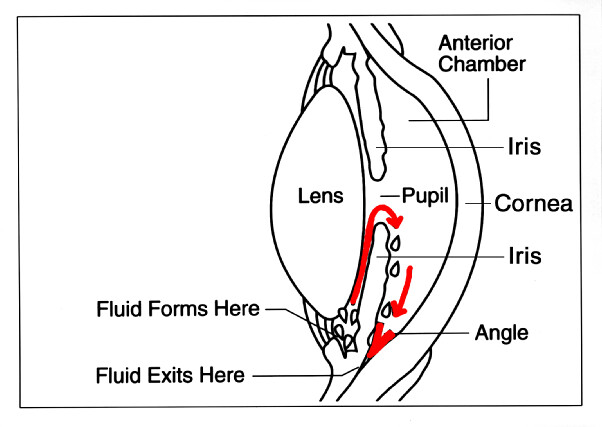Glaucoma: Preventing Vision Loss

Glaucoma is the leading cause of blindness in people over the age of 60, but in most cases, vision loss from this disease can often be prevented with early treatment.
The eye constantly makes a fluid called aqueous humor. As the eye produces this fluid, it should operate like a sink with an open drain, with fluid flowing through the drainage angle without filling up. If the drainage angle is not working properly, the aqueous humor builds up and increases pressure in the eye, which can damage the optic nerve. This results in loss of side vision.
There are several types of this disease, but the most common type is primary open angle glaucoma. It is often called the “silent thief of sight” because it presents no symptoms until irreversible damage to the eye is done. Pressure in the eye builds up gradually, slowly damaging the optic nerve. I recently had a couple of patients whose vision loss might have been prevented if they had they not skipped their annual eye exams.
Regular eye exams are your best bet against preventable vision loss from glaucoma and other eye diseases. If you’re over 60 or have medical eye conditions or diabetes (or a family history of these diseases/conditions), you need to have an eye exam annually. Adults under 60 with no risk factors for eye disease should have eye exams every two years (but contact lens wearers need to have a contact lens exam every year).